Consumers’ desire to live a healthy life is stronger than ever, and their awareness of what this actually means continues to rise
The health movement is most certainly here to stay. Two in five (40%) c-store shoppers rate a range of healthy products in store important (8, 9 or 10 out of 10), according to HIM’s latest Convenience Tracking Programme.
People’s desire to live a healthy life is stronger than ever, fuelled by easier access to information and myriad campaigns by health bodies, brands and, increasingly, social media influencers, hammering home the importance of healthy eating and exercise for a healthy lifestyle. A decline in meat consumption and the rise in physical activity show Brits are serious about their intentions.
But what does ‘healthy eating’ really mean? Rather than following a strict, often short-lived, exclusion diet, it is more about balance and common sense. For retailers and manufacturers this means providing options – both healthy and not so healthy – and helping shoppers make informed decisions.
Alarmingly, almost eight in 10 (78%) shoppers do not think that convenience stores are credible places to buy healthy and fresh products (HIM), highlighting the importance for the sector to step up its efforts.
Small changes can make big differences. Display and placement, for instance, are key. It is widely known that where products are placed influences shopping choices and may make or break healthy eating habits. Think about offering choice to shoppers. Replacing a quarter of less-healthy snacks with healthier alternatives is a first step.
Pricing is another element that can act as a stimulus – or barrier – to opt for the healthy alternative. More than half (53%) of c-store shoppers think it is more expensive to eat more healthily (HIM), likely putting off less-affluent groups. We need more efforts from retailers and suppliers to make healthy foods more affordable. More promotions as well as cross-category deals (when buying a jar of pasta sauce get a bag of salad half price) can help encourage cash-strapped shoppers to reach for healthier options.
In-store and on-pack communication are also powerful levers for nudging shoppers into healthy habits. For instance, Nisa has launched a healthy living campaign through which they hope to inspire confidence in shoppers that convenience does not have to mean unhealthy options. Retailers and manufacturers can also piggyback on initiatives such as Public Health England’s Change4Life campaign.
Healthy eating is here to stay and, to some extent, consumers expect retailers to support them in their efforts. Indeed, HIM research shows that almost two in five shoppers (39%) think that grocery stores have a responsibility for their health. If the convenience sector does not take action soon, shoppers will surely turn elsewhere.
Protein and vegan are the trends

“We have lots of office workers shopping at the store. They all go to the gym and like to buy snacks from us, so healthy product sales make up a small, but significant part of our business.
“We stock a large range of protein bars. We have 11 flavours of Grenade bars, five types of Fulfill bar, and all four Barebells variants. We also have Clif Builder’s bars and PHD Diet Whey bars, which are low in sugar. Yesterday I ordered three different flavours of protein water. We do Arla protein yogurt and milkshakes and Grenade ones, too.
“We introduced a lot of vegan products recently. They aren’t just bought by vegans, but by people who are extra health conscious.
“I follow social media news feeds to keep up with the latest health trends.”
Jay Patel
St James News, Westminster




















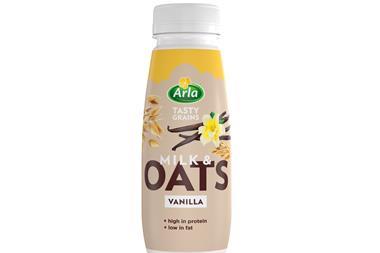
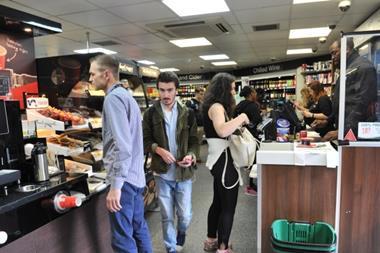

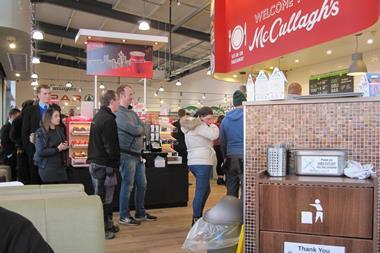
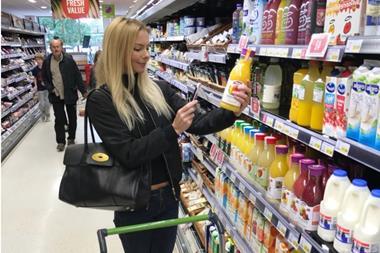
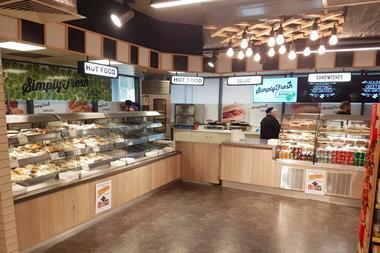
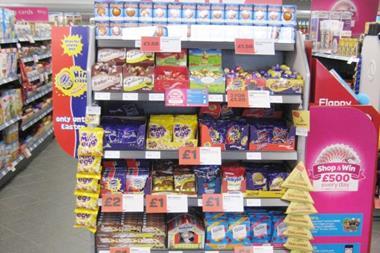
No comments yet